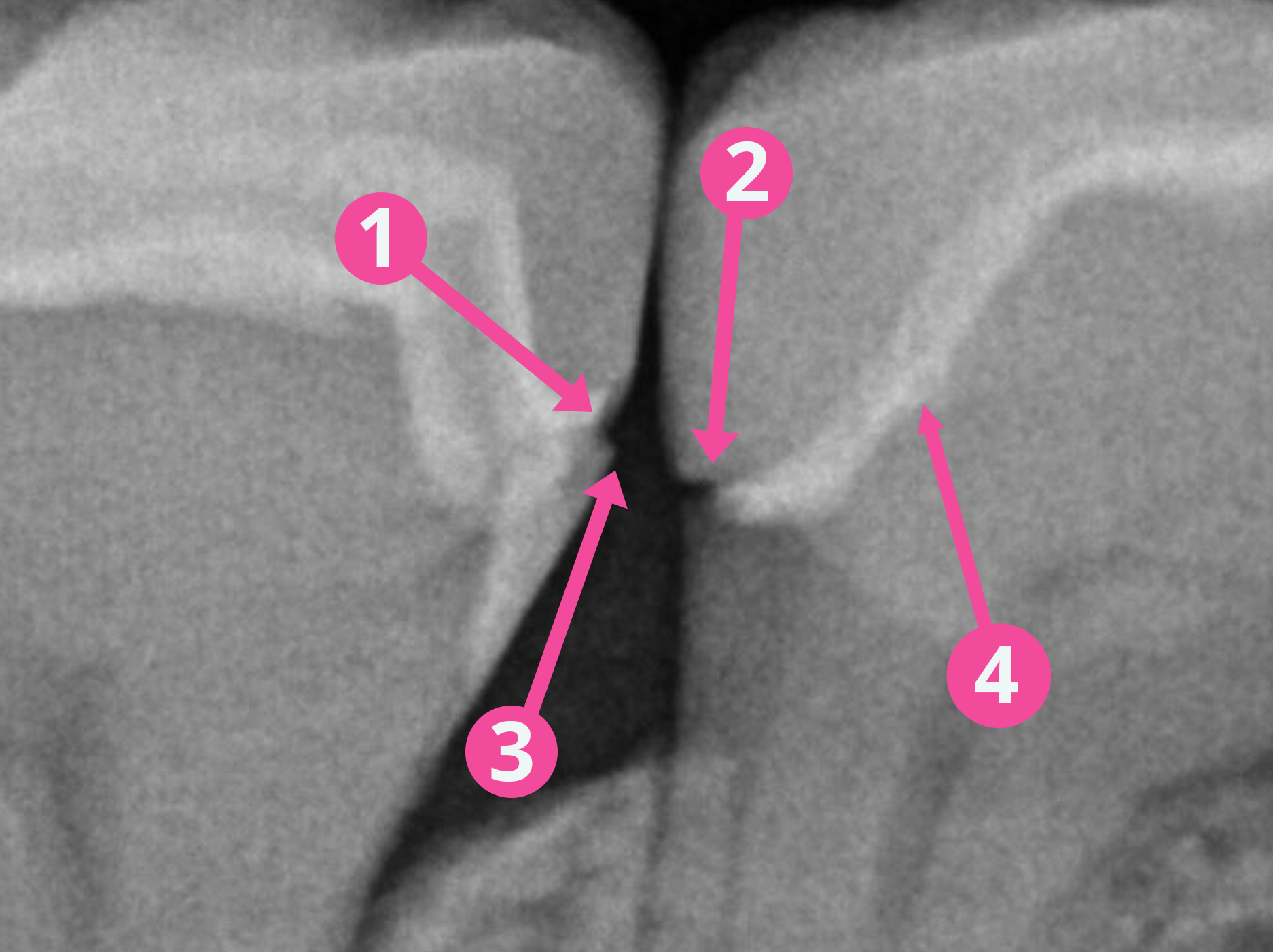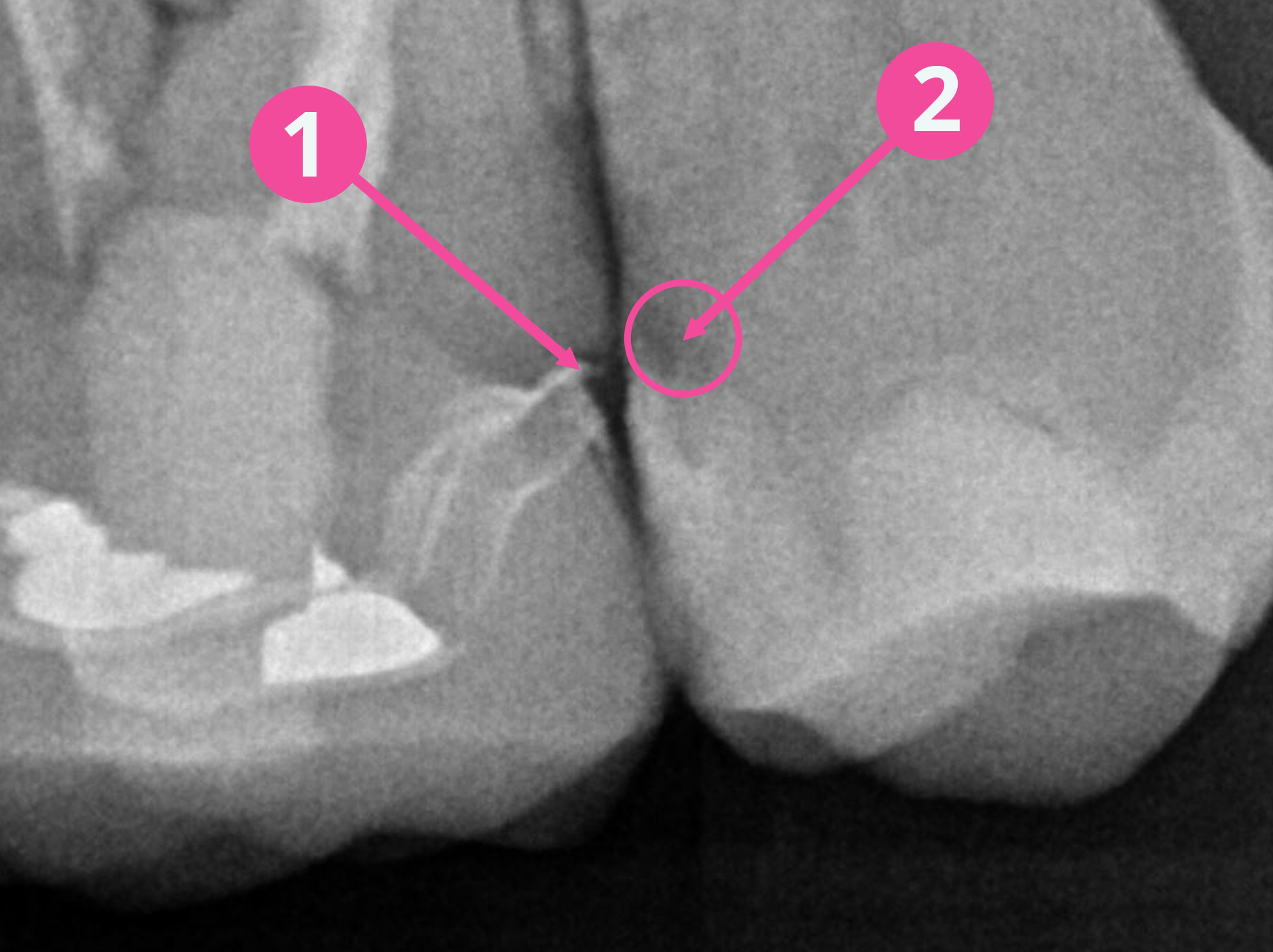In the early 1980s, CEREC crowns emerged as a revolutionary technology in dental offices. However, while it’s not a new concept anymore, the question of whether it will eventually replace traditional dental labs entirely remains open. As a dentist, I’m intrigued by the potential of CEREC technology, and I’ve contemplated investing in a CEREC unit for my practice.
Yet, I’m not quite ready to bid farewell to my dental labs just yet. What holds me back is the frequent sight of poorly fitting same-day crowns produced by local dentists who have already adopted CEREC technology. If I were to base my judgment solely on these cases I’ve observed from other dental offices, I’d argue that traditional labs still have a significant role to play in the future of dentistry.
However, I acknowledge that it might be unfair to assess the product without firsthand experience. Perhaps the key is for me to acquire a CEREC unit and compare its results with those achieved by neighboring dental offices. This way, I can provide a more balanced and informed review of the technology’s capabilities.
What Is A Same Day Crown?
CEREC, a leading provider of same-day crowns, has introduced a mill that allows dental offices to craft single-visit crowns while patients wait comfortably in the waiting room. The process of creating these same-day restorations closely parallels the initial steps of traditional crown placement.
It all begins with the dentist numbing the patient and preparing the tooth for the crown. A 3D scanner captures an impression, which is then either digitally transmitted to a dental lab or imported into desktop software for design. This is where the distinction between same-day crowns and traditional crowns becomes apparent.
In the case of single-visit crowns, the design takes place right in the dental office using software that incorporates artificial intelligence, with the assistance of a technician to ensure a precise fit for the desired tooth. Subsequently, this design is sent to a milling machine, capable of carving out a crown in a matter of minutes.
Not sure how to tell if a crown is fitting right? Check out my other blog post here.
The newly milled crown is then carefully stained and baked, after which it is tried in the patient’s mouth and securely cemented in place. Remarkably, this entire process can be completed in roughly an hour, making it highly efficient for both patients and practitioners.
Interestingly, despite these innovations, many aspects of the same-day restoration process remain quite similar to traditional methods. The primary distinction lies in the location of crown fabrication: one occurs in the dental office, while the other takes place off-site at a dental lab. So, are same day crowns as good as lab crowns?
Pro and Cons of Getting a Same Day Crown
As the field of dentistry continues to embrace innovation, the emergence of same-day crowns has brought both convenience and complexity to the table. Below is a short list of the pros and cons of same-day crowns and their impact on dentistry.
Pros of Same Day Crowns:
- No more second appointments requiring patients to return and be numbed once again. Traditional crowns require a second appointment two weeks apart from the first for the lab to create the crown.
- Patients do not have to wear a temporary crown which may not be as comfortable as the permanent crowns.
Cons of Same Day Crowns:
- Same day crowns are generally not as strong as the lab made versions because labs have access to materials that same day mills are not able to use due to the fact that certain materials require longer processing times that same day turnarounds can’t support.
Even if the time constraints were not an issue there are limitations of materials that can be used on the one-day crowns because of licensing rights as well as the ability of an office to carry a large supply of all the different types and colors of materials available that may be needed to individualize the crown to what suits a patient best. That may mean that the most ideal crown material is not used on every occasion. - Same day crowns are also not as attractive because of the limitations of products that can be used and the ability and experience of the lab tech versus an in-dental office assistant. There is generally a compromise of strength to get better aesthetics in one visit. Also, Lab techs generally have many years of training, education and flat-out number of crowns produced as compared to a dental office which trains their assistants to do same day crowns AND these same assistants wears many other hats in the dental office.
- Same day crowns are not ideal in all circumstances. As an example, if a crown edge is at, or below, the gums which is ideal for crown longevity, digital scanners have difficulty reading these areas. This means the dentist must cut the tooth for the scanner vs cutting to ideal. Also, since there are limitations of materials a same day crown can use, most ideal material can not be used in every circumstance. As an example, in esthetic areas or for individuals who are clenchers/grinders may not get the most esthetic or strongest crown materials available.
- Same day crowns are not as accurate as lab made crowns. Since same day crowns live in the digital world, models are not created where the lab tech and doctor can check the case before it is tried in the mouth. In addition, these machines often take shortcuts to achieve crowns in an hour. These machines generally work on 4-axis while lab machines have 5-axis. This means that single visit crown mills cannot reach every part of the crown and they can only use one or two cutting instruments while lab machines can use 10-15. Same day crown dentists often use cements to fill in the voids. This is what I see most of. If I ever receive a lab crown made that way, you can bet you that I will call the lab and give them an ear full. You just don’t get flawed crowns and are reliant on cements filling the defects.
- Single visit crowns do not have the same quality control. One can only evaluate them inside the mouth with the use of x-rays and probes which can hide defects. A lab made crown has models. The lab tech can check everything on the model. The doctor can also use models to check the case and also check the case in the mouth. Same day crowns can also produce models, but it is time and cost prohibitive.
A Closer Look at Recent Same-Day Crown Failures
So how bad can a same-day crown be? Below are two example photos that illustrate the shortcomings of poorly made same-day dental crowns:

Example 1
1,2,3: Crown is not fully sealed on both teeth which can lead to future problems.
4: Procedure relied on cement filling to keep the crown connected. Normally cement line should be razor slim.

Example 2
1: Crown is not fully sealed on the tooth which can lead to future problems.
2: Due to the poorly done procedure bacteria in the area caused decay on the tooth adjacent to it.
Why Do Crowns Take So Long?
Lab-made crowns are typically manufactured in batches, following an assembly line production approach. While this might initially appear as a drawback, it actually offers significant advantages. This structured and repetitive process enhances the overall quality control. Moreover, specialized lab technicians handle specific stages of production, allowing for expertise in their respective areas. Typically, the final step involves meticulous quality control, with crowns undergoing thorough microscopic examination. These steps are worth a patient’s time to get a quality crown.
Signs of Poorly Made Same Day Crowns
Unfortunately, many patients may never realize when a crown has been poorly done. Some common signs of a poorly made crown include sensitivity, food getting stuck between teeth, inflamed and bleeding gums, or simply a sense that something isn’t quite right. The challenge lies in the fact that even crowns crafted with precision can exhibit these same symptoms.
The evaluation of same-day crowns primarily occurs inside the patient’s mouth, and the available diagnostic tools are limited to x-rays and visual inspections of crown edges that are located beneath the gums, occasionally concealing defects. It’s important to acknowledge that every dentist, at some point, encounters a poorly made crown. Occasionally, even a crown that initially appears perfect may reveal issues during the cementation process. In such cases, I apologize to the patient and rework the crown at no additional cost. These issues may not always be felt by the patients themselves but can become evident through different angles of x-ray imaging, especially when poorly angled x-rays are taken.
In the past 17 years of doing exams on patients with many other dentists in my area owning same day crowns mills, I had an opportunity to review the work of same day crown dentists. Many of the same day crowns fail miserably as compared to a lab made crown. Dentists often use cement as a filler of voids and defects. Even when the voids are filled in perfectly, they lead to future failures because cement will break down in time inside the mouth when in contact with saliva.
My take on same day crowns is that often they are not the same quality and aesthetics as lab made crowns. I have seen specific offices make beautiful same day crowns but that is not the norm.
Why the difference? I believe it has to do with a steep learning curve. As they say, practice makes perfect. Well, I add to that and say practice, training and repetition can make perfect.
The same day crown technology costs $150,000 to $200,000 to acquire. This is a big investment that needs to pay for itself. I often wonder how my patients would fare while I am going through the learning curve. Also with the heavy monthly payments, I would be forced to use it in most cases even when not ideal. The problem: my same day crown machine would rarely be used in my practice because I know the lab can make it better.
I have 4 different labs that I use routinely for my crowns. One makes my implant crowns, one makes my routine crowns, one I use for bigger cases and another I use primarily on cosmetic work. I use different labs because each seems to have their specialty. One lab cannot do everything perfectly. I utilize their strength. I just wonder how one machine can do everything perfectly. Reality is that it can’t. The reality is that one tech, one lab, one dentist and one machine can not be perfect at everything.
There is new technology on the horizon that in the future may play a factor in the game. Many are utilizing 3D printers to fabricate crowns. These 3D printers are FDA approved for producing crowns. At 1/10 to 1/20 of the cost of same day crown mills, it seems like it may surpass the CEREC in the future. The fabrication process takes about the same amount of time as same day crowns. Although I have a 3D printer, I don’t plan on ever using it for crown manufacturing. 3D Printers have limited materials available and current materials have as little as 1/10 the strength of a lab made crowns. In my world that makes it great for temporaries for full mouth reconstructions and nothing else. On the other hand, 3D printed dentures are several times stronger than traditional lab made dentures. I am utilizing my 3D printer for that purpose.
Closing Thoughts
So are one day crowns worth the no wait? In conclusion, when placed in the capable hands of an experienced technician who employs it and maintains an ample supply of materials, same-day crowns can indeed offer the advantage of eliminating the need for a second appointment, providing both convenience and time savings.
Nevertheless, based on my own experiences, lab-made crowns consistently excel in terms of quality and aesthetics. This superiority is attributed to the wider array of cutting instruments available to lab mills, access to a broader spectrum of materials stocked by dental labs, and the versatility of lab machines, which can approach the cutting process from multiple angles. It’s worth noting that traditional lab-made crowns require a two-week production time, but for those prioritizing efficiency and saving time, the option of a same-day crown dentist is certainly viable.
Alternatively, if you’re willing to tolerate some temporary discomfort with a temporary crown and can wait, a traditional crown may be a better option due to its well-known durability.. As technology advances with the integration of AI and other innovations, we can anticipate improved accuracy and aesthetics in same-day crowns, but until that day arrives, I am holding on to my labs and lab made crowns.
If you’re in need of a crown and want to explore the best options for your dental needs, get in touch with Oasis Dental Arts today and take the first step toward achieving a healthy and beautiful smile.
